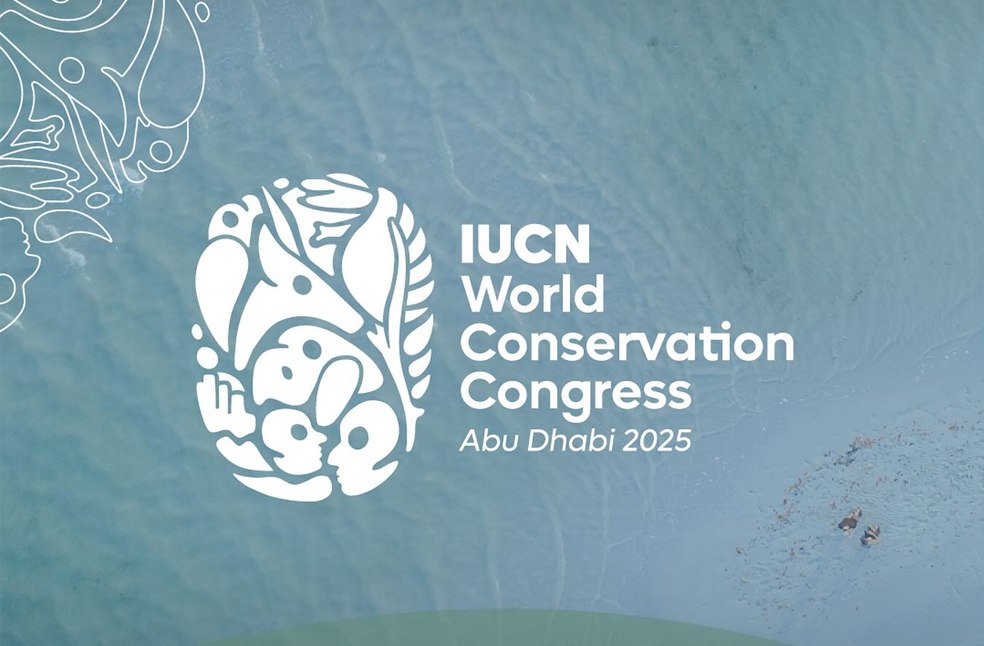The IUCN World Conservation Congress in Abu Dhabi (9–15 October 2025) has produced a series of pivotal decisions and directions that will significantly influence global efforts to meet the 30 × 30 target — the commitment to safeguard 30 % of terrestrial, freshwater, and marine areas by 2030 under the Kunming-Montreal Global Biodiversity Framework. The Nature Conservancy+4IUCN World Conservation Congress+4IUCN+4
Major Outcomes and Highlights
- Adoption of the Abu Dhabi Action Plan
The Congress concluded with the adoption of the Abu Dhabi Action Plan, which urges the global community to scale up “urgent and practical action” across five priority areas including area-based conservation, finance, nature-based solutions, governance, and monitoring. IUCN
This Plan frames IUCN’s post-Congess agenda and underscores that ambition must turn into tangible results on the ground. - Green List as a leverage for 30×30
The IUCN Green List standard (for effective, equitable, well-governed protected and conserved areas) was prominently featured in sessions such as “From Commitment to Action: The Green List as a Conservation Strategy for 30×30.” IUCN World Conservation Congress
New sites—from forests to coral reefs—have been added as examples of “verified conservation success,” combining ecological integrity, community engagement, and strong governance. IUCN
As IUCN emphasizes, the Green List can help ensure that expansion of protected areas is not just quantitative but qualitative. - Clarifying what “counts” toward 30×30: Protected Areas & OECMs
A recurring theme at the Congress was the need for clarity on what forms of area-based conservation should count toward the 30 % threshold. IUCN World Conservation Congress+2IUCN+2
The Congress reaffirmed that Other Effective Area-based Conservation Measures (OECMs) — including territories conserved by Indigenous Peoples and Local Communities (IPLCs) — are legitimate and essential pathways to complement traditional protected areas. IUCN World Conservation Congress+2IUCN+2
As IUCN’s Mohammad Khalid Sayeed Pasha put it, OECMs are “a key pathway to achieve the 30×30 target” beyond strictly designated PAs. IUCN - Mobilizing private and outcome-based finance
Recognizing that public budgets alone will not suffice, the Congress spotlighted mechanisms to unlock private capital. A dedicated session — “Unlocking Private Finance for 30×30: Outcome-Based Mechanisms Driving Area-Based Conservation” — showcased examples like biodiversity credits, conservation bonds, and models that integrate Green List standards into financial tools. IUCN World Conservation Congress
Such instruments are seen as essential for bridging the conservation finance gap and securing long-term funding aligned with measurable impact. - Strong endorsement for the 30×30 motion
Conference delegates reaffirmed overwhelming support for the 30×30 goal. As reported, IUCN members “overwhelmingly support a motion to protect and conserve at least 30 % of lands, freshwater and oceans by 2030.” Campaign For Nature
The consensus sends a strong signal to governments and the Convention on Biological Diversity parties that this target must be upheld and operationalized.
Significance for the 30×30 Agenda
These outcomes carry several important implications for the effective realization of the 30×30 target:
- Quality matters as much as quantity. The emphasis on the Green List and OECMs indicates that conserving 30 % is not simply a matter of mapping areas, but ensuring those areas are well governed, equitable, inclusive, and ecologically effective.
- Partnerships are essential. The Congress underscored that governments cannot act alone — inclusion of Indigenous Peoples, local communities, NGOs, and the private sector is non-negotiable. Recognition and support of IPLC governance is critical to legitimacy and long-term success. IUCN World Conservation Congress+2IUCN+2
- Innovation in finance is a linchpin. Without new streams of funding tied to outcome metrics, the 30×30 goal risks remaining aspirational. The private finance mechanisms discussed offer a pathway to scale up conservation investment.
- Clearer definitions and reporting standards. Convergence on definitions of protected areas, OECMs, and criteria for counting toward 30×30 will improve transparency, accountability, and comparability across nations.
- Momentum and political will must translate into implementation. The Abu Dhabi Action Plan sets a strategic direction, but the ultimate test is translation into national policies, budgets, land use planning, and enforcement.
As the window to 2030 narrows, the decisions taken in Abu Dhabi strengthen the scaffolding for global action — but the real test lies ahead in whether countries can convert ambition into measurable conservation gains on the ground.

